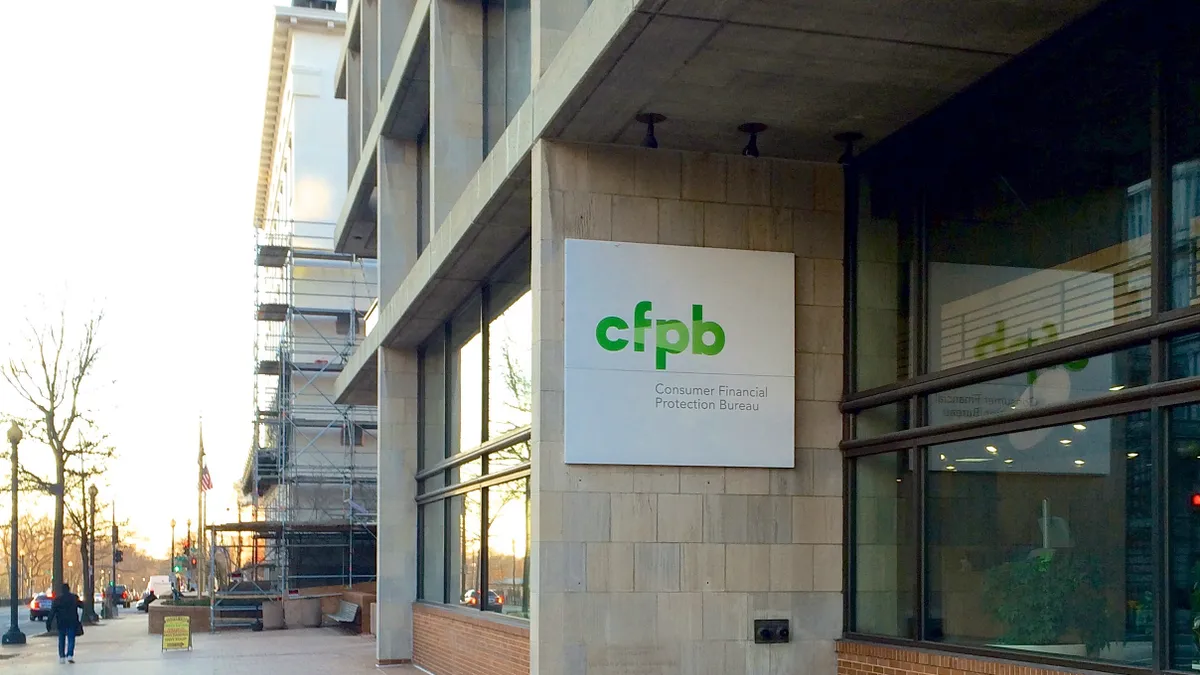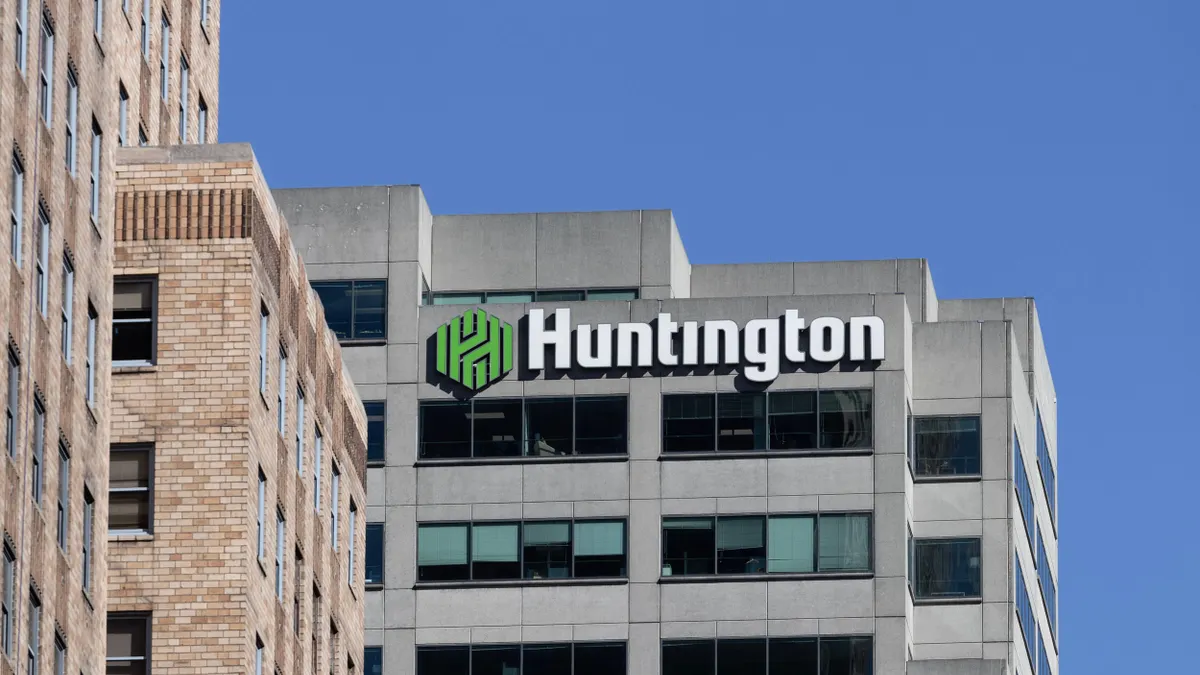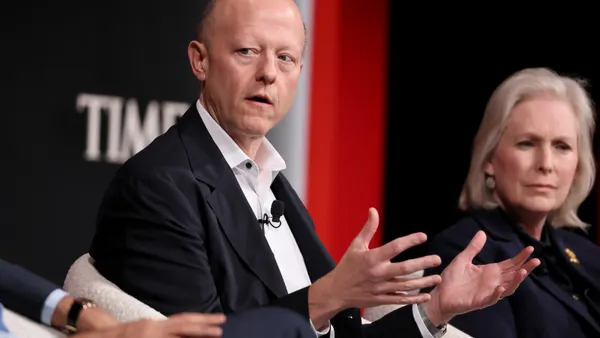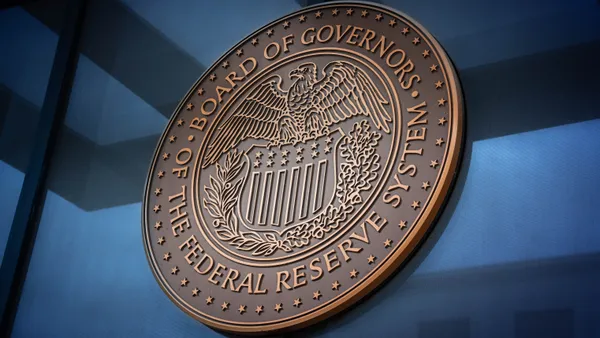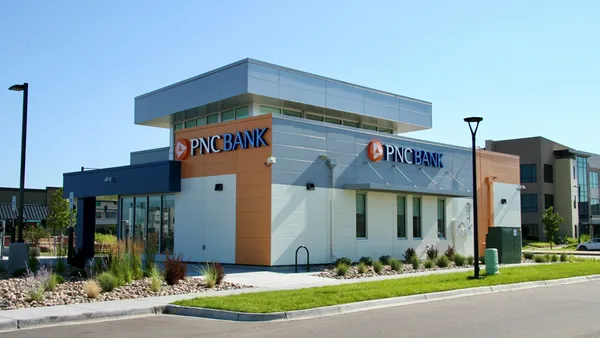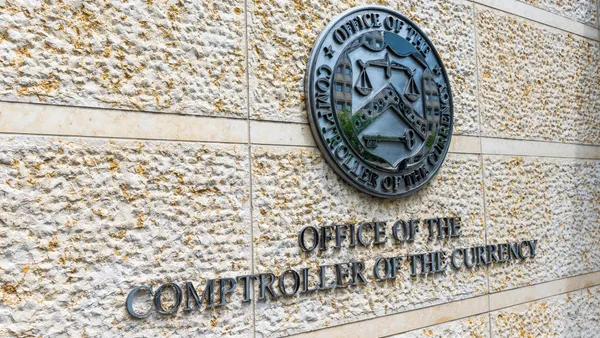The Consumer Financial Protection Bureau released two reports Wednesday asserting that consumers in some Southern U.S. states have fewer bank branches and face higher interest rates than in other regions in the country.
The reports, Consumer Finances in Rural Areas of the Southern Region and Banking and Credit Access in the Southern Region of the U.S., analyzed the consumer financial experiences in rural communities and dug deeper into mortgage lending services in the region's rural and nonrural areas.
Many areas of the South are considered "banking deserts" due to the absence of sufficient bank or credit union options for the local communities, the CFPB noted.
There are roughly 3.6 branches per 10,000 people compared to five branches per 10,000 nationally, which makes it harder for consumers to get competitive interest rates on mortgages, credit cards and business loans, the CFPB said.
"The rural South faces distinct challenges when it comes to fair access to banking," CFPB Director Rohit Chopra said in a statement. "Understanding regional differences across the country will help us determine where financial marketplaces can work better for all."
Southern rural consumers are more likely to get their applications rejected when applying for mortgages at the same rate as consumers nationwide, the CFPB stated: 27% of mortgage applications are denied in the rural South, compared with 11% nationally, according to the bureau. Southern consumers also pay higher interest rates, on average — 3.51%, compared with 3.13% paid across the country, the CFPB said.
Of the nearly 48 million people in the South, about 23% live in rural areas, compared to 14% across the country, according to the CFPB. These states include around 48% of the counties the nation counts in persistent poverty, and more than one-third of Southern residents are people of color, the agency said.
“Both race and rural residency appear to play a role in access to credit. People of color are more likely to be denied credit, compared to similarly-situated white borrowers,” the CFPB said Wednesday.
Rural Southerners are denied credit at higher rates compared with their nonrural peers; that trend that holds true for applicants with low and high credit scores, the CFPB said.
The highest unbanked rates in the region are in rural communities and communities of color, with Mississippi and Louisiana leading at 11% and 8.1% unbanked, respectively.
The CFPB highlighted auto lending as another area where consumers face challenges. The report noted that nearly 16% of rural Southerners are delinquent, compared with 10% in other rural areas, while 20% of auto loan customers are delinquent in counties with persistent poverty. The people in the rural South rely heavily on personal vehicles for commuting due to the lack of alternative transit infrastructure.
The consumer financing report also found that rural Southerners are more likely to have medical collections on their credit report — 28%, compared with 17% elsewhere.
“Rural Southerners continue to face significant financial challenges, as they are more likely to have lower incomes and higher rates of subprime or deep subprime credit scores than other regions in the country,” the CFPB noted.
However, not all areas show a lag in progress. Some mortgage lenders, for example, showed strong records of reaching out to historically underserved markets within the region, including rural communities, low-income borrowers and people of color.
There are also modest improvements in the percentage of people with bank accounts, the CFPB noted.
“High unbanked rates do not have to be a permanent feature of the region’s financial landscape,” the agency said.


